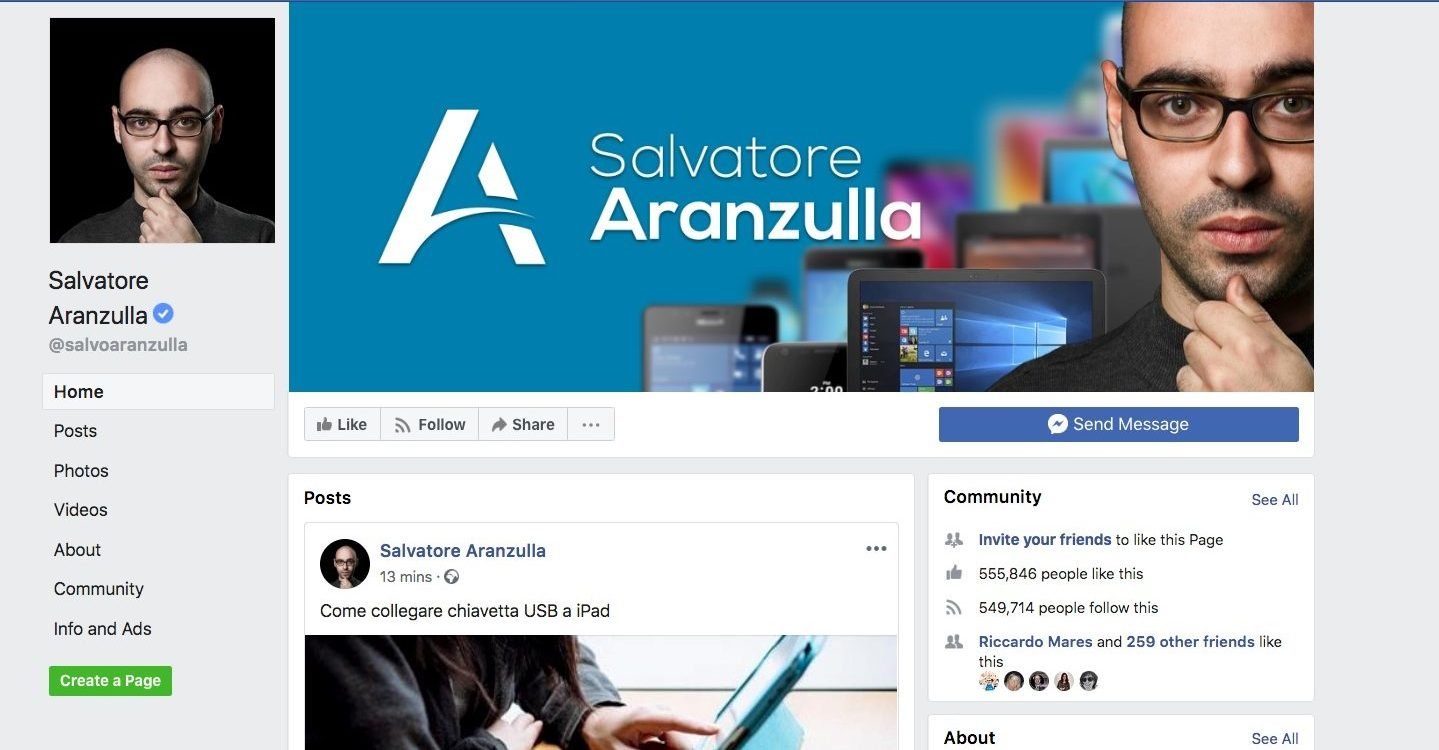Table of Contents
Whether you’re a shop, a business, a freelancer, a student or simply someone with an interest in the subject, you’ll have noticed that nowadays you need to look after your personal image if you want to survive on the market.
This doesn’t mean creating the perfect look, putting on make-up, making yourself look beautiful, becoming a slave to fashion, or anything like that.
It’s not your outward appearance that is important, but rather the image you give of your profession, company or business.
What is personal branding?
It all began with an article entitled ‘The Brand Called You‘ which Tom Peters, an author who writes about topics linked to management thinking, published on Fast Company, the magazine he was the editor of at the time.
It was 1997, and it was the first time that anyone had had the courage to state that everyone is a ‘brand’– in other words, that looking after your professional image is important because we are all on the market and all constantly responsible for our reputation and credibility. It is important to remember, of course, that the labour market in America is more flexible and lively than in other countries, with people often changing job to try to improve their position and remuneration.

The introduction to the article states: “Today, in the Age of the Individual, you have to be your own brand”.
This was a historic shift, because until then marketing had been based more on the services and products offered than on a person’s reputation.
The original article is available here.
Building your professional reputation
So how can you build your own brand and be your own CEO?
To begin with, there are three fundamental questions you need to answer.
1. What is my unique selling point?
The first step is to understand who you are and how you work. This is the most difficult stage: indeed, there are people whose job it is to help others understand these things, so they can build their personal brand. One of the most important things, besides market positioning, is to understand what it is that makes you unique, the thing about you that clearly makes you original and different from the others.
2. Who are my potential clients?
You have to be able to identify not only your profession (which is quite simple for most people), but also who your target market is, and therefore who your potential clients are.
3. What needs do my clients have?
We are often well aware of what we can do, but don’t know how our clients can make use of our services and products. Understanding our clients’ needs is the third crucial step.
Building your image
So what are the most useful tools for creating and managing your brand or building your professional image?
When Tom Peters’ article came out, social networks had not yet exploded onto the scene, and the world was not as saturated with the internet and images as it is now (it was written twenty years ago!).
You might think that the first priority in building your professional reputation would be honing how you manage your social media channels, and especially Facebook, Instagram and LinkedIn.

Strangely, however, I think that this is actually the second or third step to take.
At this stage there’s no point taking inspiration from famous bloggers like Gary Vaynerchuk or popular YouTubers or other influencers.
We’re not talking about that type of personal brand, although understanding the success of these people and their actions is very useful for understanding the dynamics of social networks.
So, for now, don’t worry about your photo, in part because you may not need one, or at least not for the time being.
We tend to have the impression that creating our own personal brand means our face being plastered everywhere, always at the forefront of everything we do, overexposing ourselves in a never-ending kaleidoscope effect that, in some cases, can cause our vanity and self-esteem to skyrocket.
Personal website: start with the basics
The first step, once you’ve analysed and understood your professional activity (see above), is to build a website. This will be your space: you pay for it, a bit like the studio or shop in which you work, and it’s yours for as long as you keep up the payments. Social networks are free, nothing you publish is really yours, and you never really understand who sees your content and how, or at least not in any detail.Your website, on the other hand, is yours, and you can manage it however you want.
Yes, to generate traffic and to ensure you are noticed you have to work tirelessly to ensure people visit the site, probably taking advantage of your social media presence and your real world activities, but your personal website is still the place to start.
Personal branding matters … in the real world
It can’t be overemphasised that personal branding is not something that lives in the virtual, online world: it’s your professional reputation and it will have an impact on your everyday life and on what the people you know and meet think about you, both now and in the future.
People will only read about you online and follow you if your content, products or services are seen as high-quality or interesting, and if they want to get to know you and work with you.
For this reason, for example, don’t forget to always have some business cards with you. And yes, I mean paper ones. Not everything is virtual.
To conclude this first look at your personal branding, it’s important to note that your brand already exists, whether or not you’re actively managing it. Your reputation, results, services or products, the things you’ve made, how you’ve communicated, the trade fairs and events you’ve attended, the hands you’ve shaken and the phone calls you’ve made and received have already shaped your professional image. From now on you need to take over the handling of it, and, if you want to, change it so your unique way of tackling your profession shines through.
(In future articles we will explore the promotional tools you can use to hone your personal brand.)

